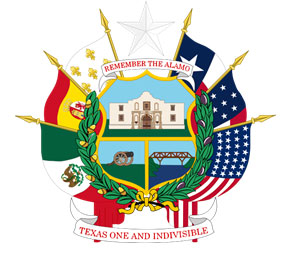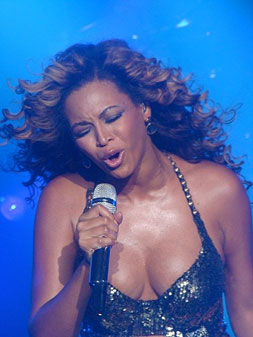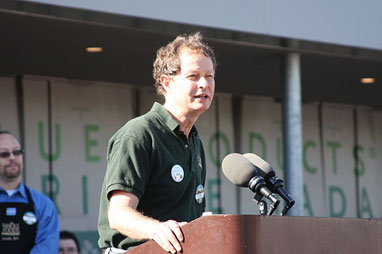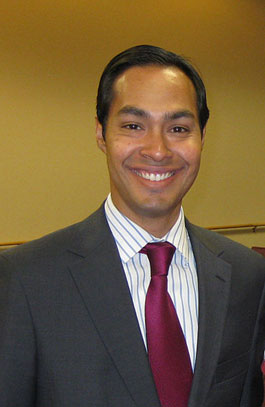

The flags of the six countries pictured in the seal of Texas above represent the countries that at one time governed Texas. The flags represent France, Spain, Mexico, the Republic of Texas, the Confederate States of America, and the United States of America.
These countries have contributed to the rich and diverse culture of Texas. The roots of many Texans stem from various ethnic and cultural groups.
Click on the Texas Almanac link below and use the tabs on the left of the page to access information about the cultural groups of Texas. Complete the following activity.
![]() Answer the following questions based on the information gathered from the culture section of the Texas Almanac.
Answer the following questions based on the information gathered from the culture section of the Texas Almanac.
Feel free to continue researching the various cultures.

![]() The chart and maps below illustrate the distribution of ethnic groups in Texas. Click on each map to enlarge it. Analyze the chart and maps carefully, and then answer the questions that follow.
The chart and maps below illustrate the distribution of ethnic groups in Texas. Click on each map to enlarge it. Analyze the chart and maps carefully, and then answer the questions that follow.
Think about what you have learned so far about the regions and cultural groups of Texas.
Interactive popup. Assistance may be required.
Asians have the lowest ethnic distribution throughout Texas. See the Asian distribution map of Texas.
Interactive popup. Assistance may be required.
Based on the Racial or Ethnic Group pie chart, American Indians comprise only one percent of the ethnic groups in Texas.
Interactive popup. Assistance may be required.
By comparing the Popular Regions map and the Ethnic Distribution map for African Americans, the largest distribution of African Americans are found in North Texas, East Texas, the Gulf Coast region, and Central Texas.
Interactive popup. Assistance may be required.
Based on the Racial or Ethnic Group pie chart, the White/Non-Hispanic ethnic group comprises 46 percent of the state.
The ethnic diversity of Texas lends to the cultural diversity of its entire population. Through migration, immigration, and continuous lines of Texan heritage, Texas has a rich mixture of ethnicities that make the state unique. Texans from all backgrounds have contributed to the cultural landscape of Texas, the United States, and the world.
Read about some of these extraordinary Texans and learn about their impact on the cultural landscape.

Michael Dell is the founder and CEO of Dell Inc. His company is one of the world’s largest sellers of personal computers. Dell is listed as the 41st richest person in the world by Forbes. Dell was born in Houston, Texas.

Dr. Michael DeBakey, a Lebanese-American, was born in Louisiana, but became a medical pioneer while working in Houston, Texas. Dr. DeBakey is credited with developing the artificial heart, as well as other medical innovations.

Beyoncé Knowles, born in Houston, Texas, is a singer songwriter, and actress. She was a member of one of the best-selling girl groups of all time, Destiny’s Child.

Whole Foods Market, one of the largest chains of natural food supermarkets in the United States, was co-founded by John Mackey, a native of Austin, Texas. Starting with one Austin store in 1978, Whole Foods Market has expanded across the United States, into Canada, and the United Kingdom.

Julian Castro, a native of San Antonio, was elected Mayor of San Antonio. In September 2012, Castro became the first Hispanic to deliver the keynote speech at the Democratic National Convention.
Texans are innovative and creative and impact the world outside the borders of the state. Texans have made an impact on politics, entertainment, science, and technology. The ethnicity of Texans serves only as a backdrop of the cultural diversity of the state, it is but one example of what makes Texas a dynamic state.
Sources for images used in this section, as they appear, top to bottom: